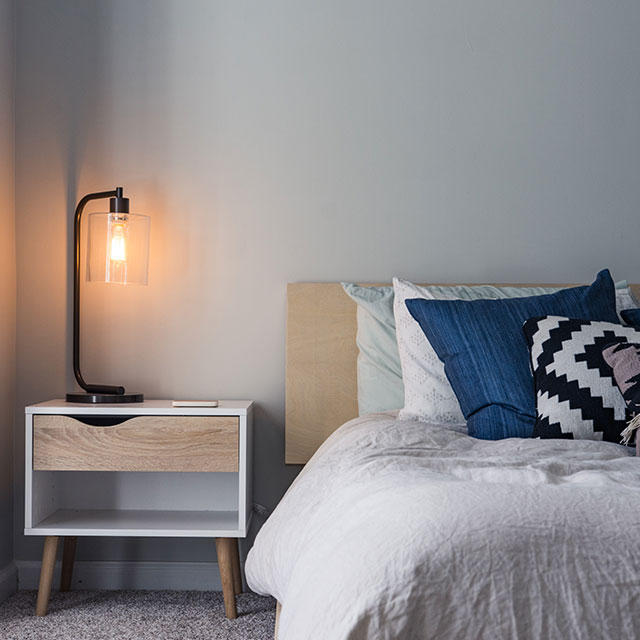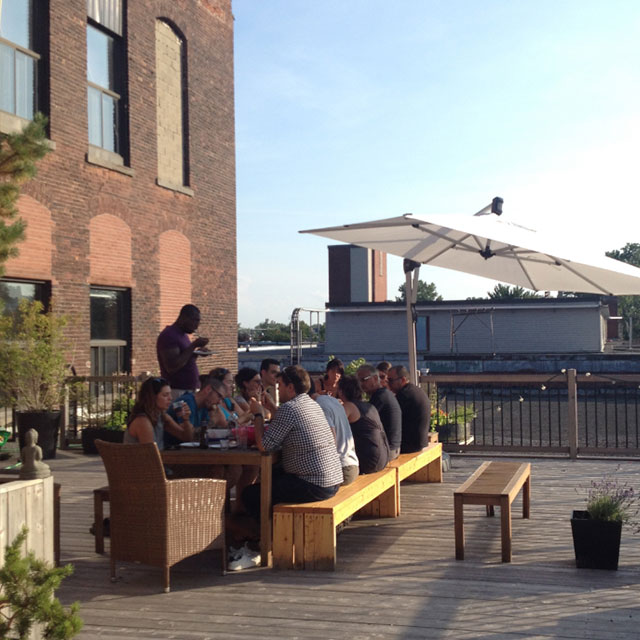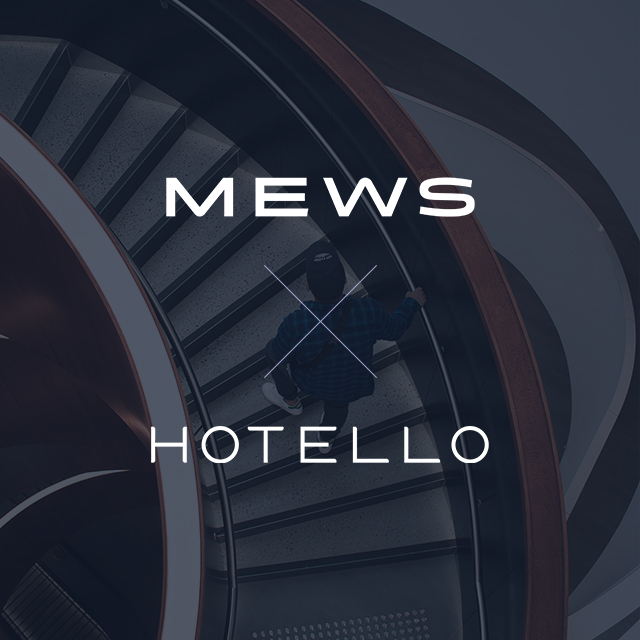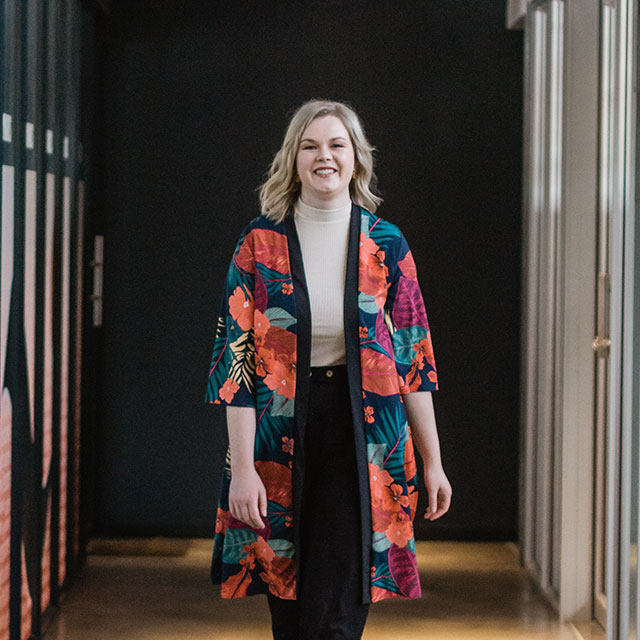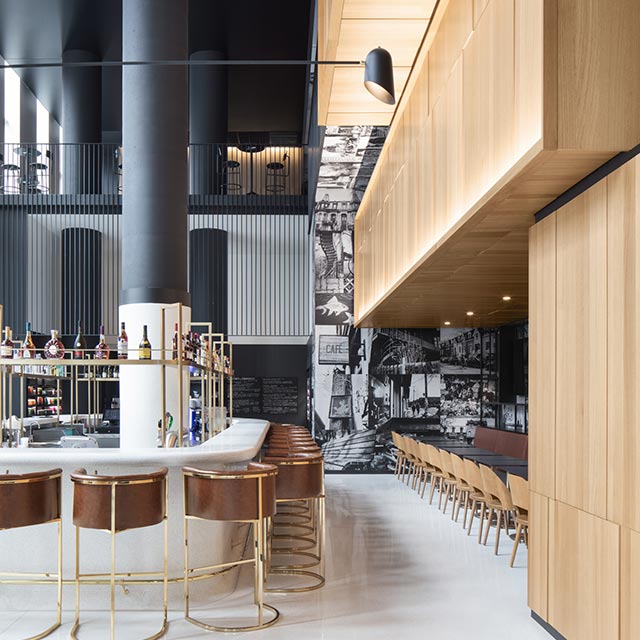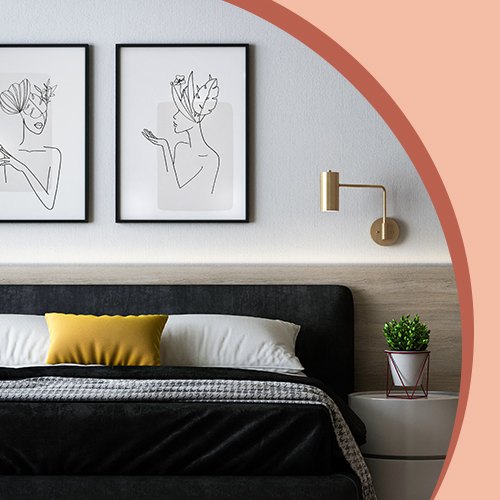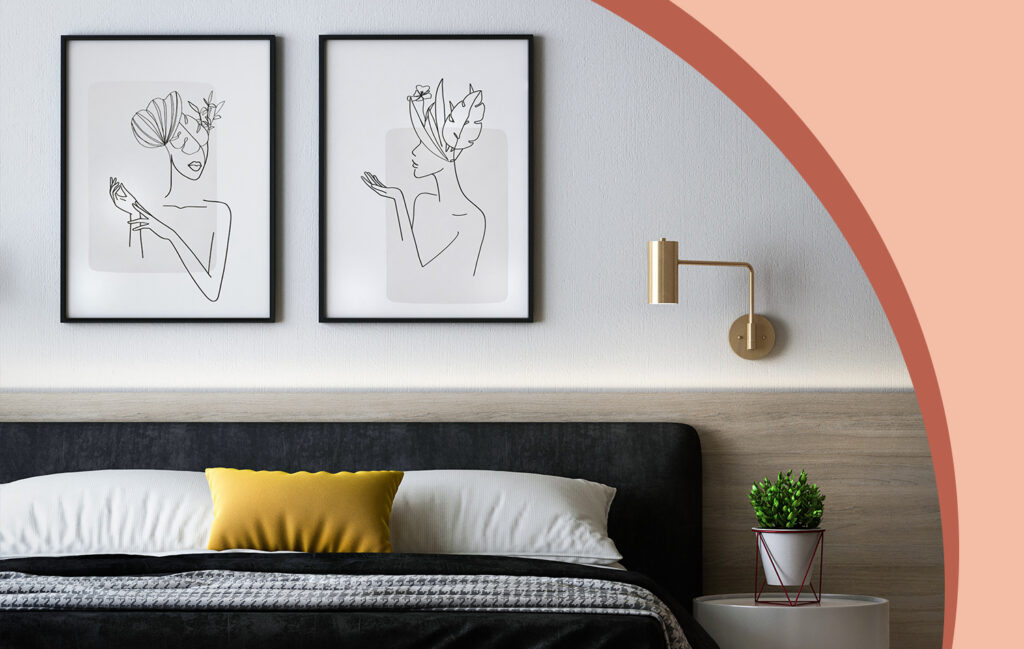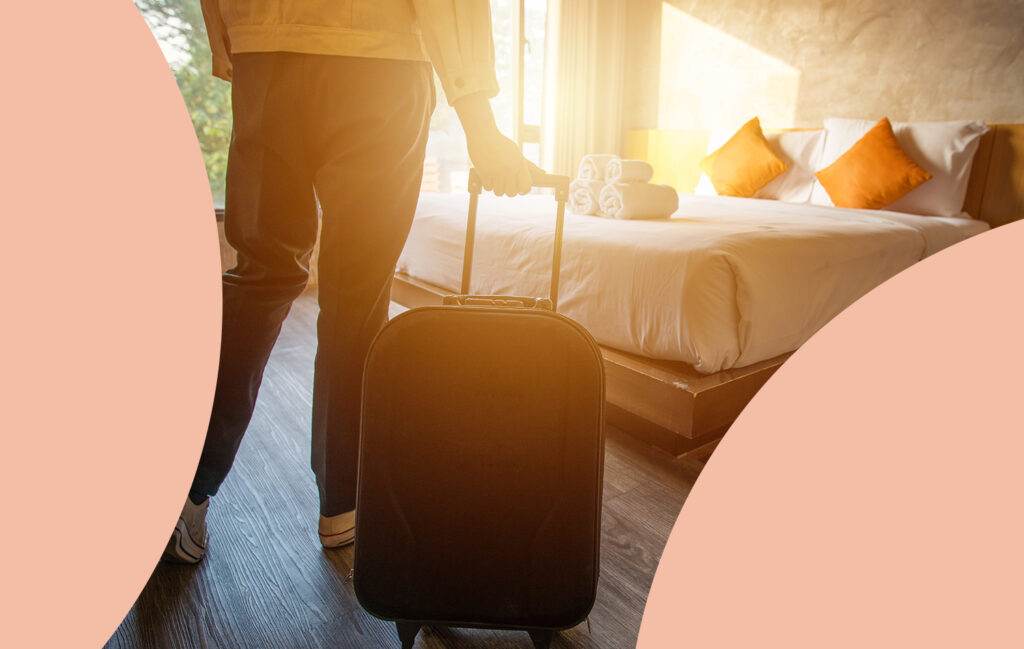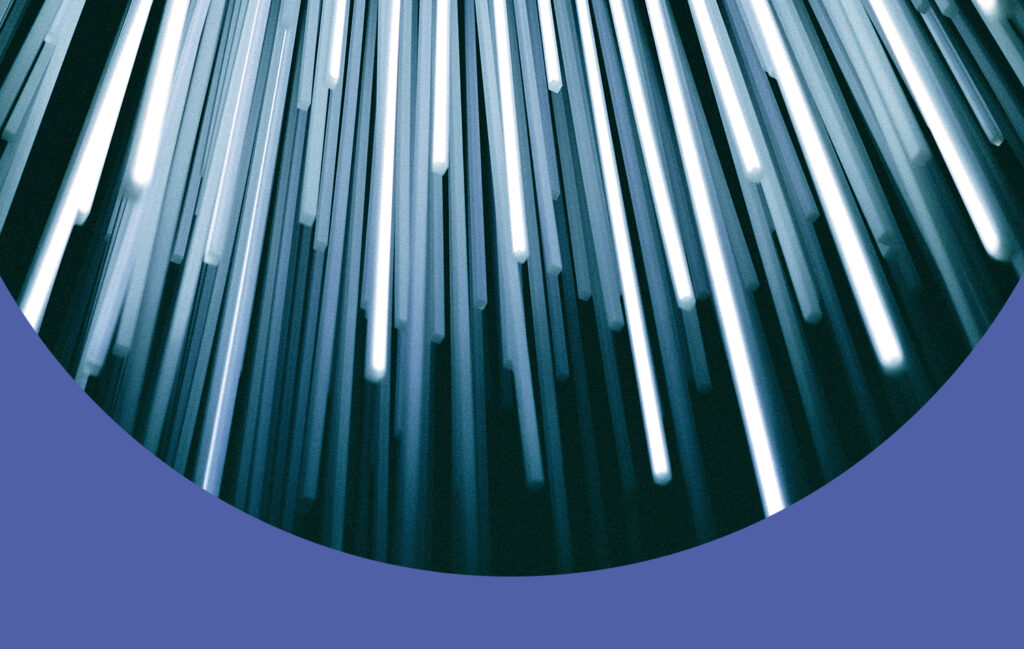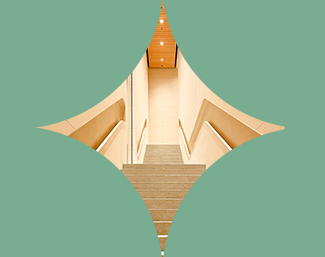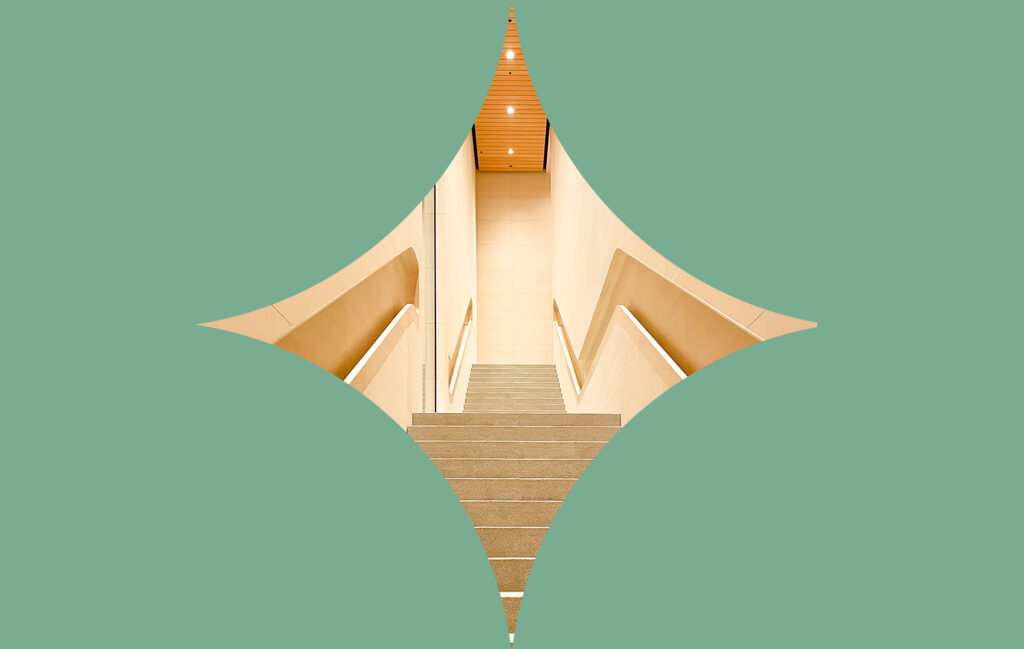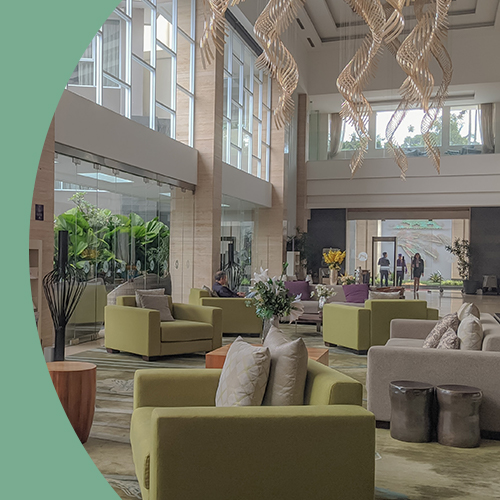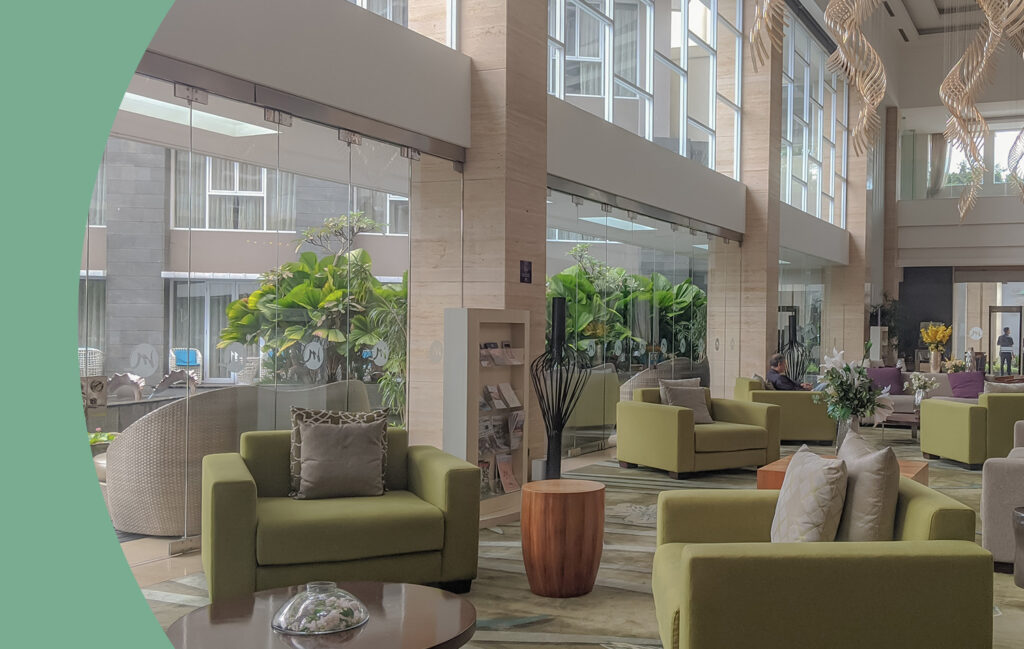Therefore, the real challenge is to find the most appropriate solutions for your hotel and your needs. Although your Property Management Software (PMS) is already an essential technology for your hotel, there are multiple complementary solutions that can allow you to further personalize your guest experience, such as online reservations, payments, check-in/out kiosks, channel managers, POS and many others.
So, as a hotel manager, how do you choose the right integrations and technologies for your hotel? Those that simplify your teams’ daily operations while optimizing your hotel’s management should be prioritized.
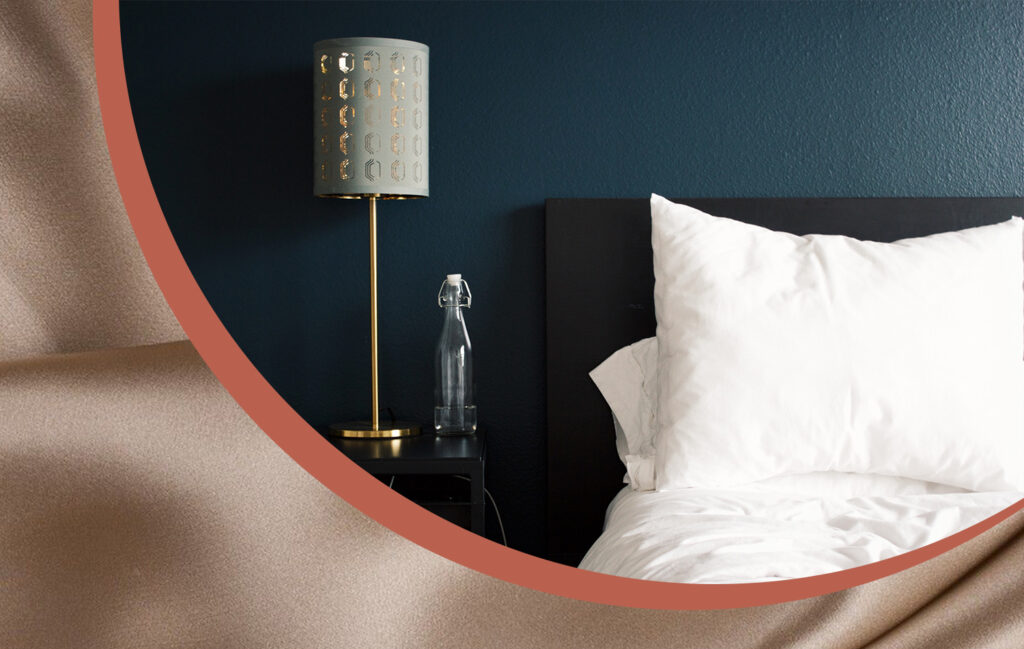
Define your needs and goals
The first step should be to ask yourself the right questions: What are you looking for? Why do you need such integrations? What would they bring you? What are their necessary functionalities?
Once you have your answers, make a list of the primary criteria that these solutions should meet as well as a list of secondary and optional criteria.Keep in mind that these integrations must be able to connect to your Property Management Software in order to help you optimize your employees’ daily operations and automate as many repetitive tasks as possible, while also making your customer journey smoother and offering an unparalleled experience to your guests. Before selecting your new supplier, make sure that the Hotel PMS you are using does not already have some or all of the features you desire. Indeed, many hotel software packages offer many features and could therefore have a more advantageous price point.
Get informed, compare and assess the solutions
After defining your needs and goals you should learn about existing solutions by consulting various websites, online referral sites, user reviews and comments. Make sure that these integrations are compatible with both your Property Management Software and the features currently used by your hotel. You should also make sure that the software you wish to use has a good agreement and is open to potential developments in case the information being exchanged is not sufficient for your needs.
Moreover, it is important to compare the different solutions using a comparison table. This will help you to highlight the advantages and disadvantages of each. An example of a feature you could consider: a simple solution, easy to use on a daily basis, which allows you to save time and efficiency, at a good quality-price ratio. The customer service provided by your new software is also important, especially in case of technical problems: it must be available, responsive and skilled.
Choosing the right integrations for your hotel is not an easy task and largely depends on your hotel’s needs and goals. Nevertheless, an excellent management of your hotel requires a good technological ecosystem. Among other things, a powerful Hotel PMS and interfacing integrations allow you to automate your employees’ tasks while offering your guests a memorable experience.
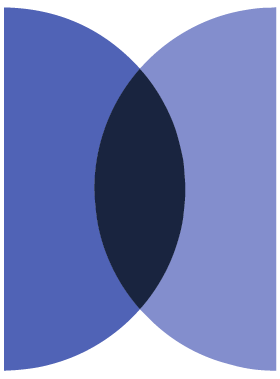 Log in
Log in
